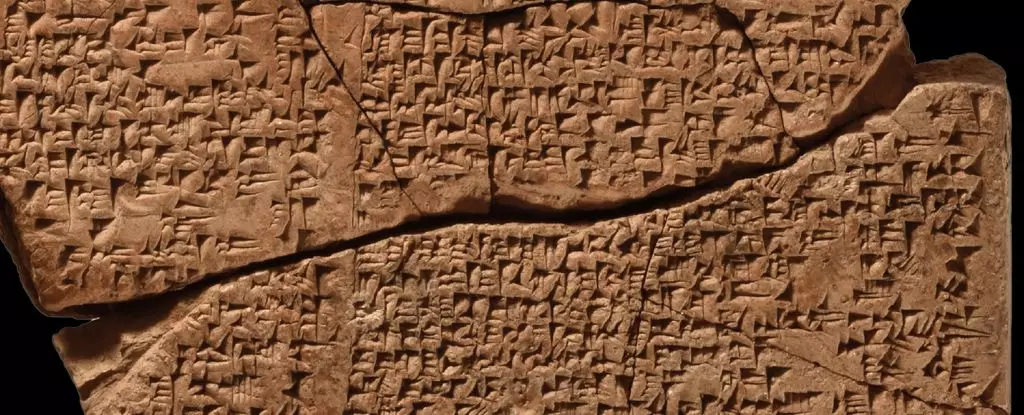The once-mighty metropolis of Babylon, a beacon of civilization and innovation, has long captivated historians and archaeologists alike. Its once-flourishing streets and grandiose structures symbolize human achievement, yet much of its grandeur remains shrouded in mystery. Recent breakthroughs in deciphering the city’s ancient texts demand a reevaluation, not only of Babylon’s historical significance but also of how we interpret lost civilizations. The discovery of a 250-line hymn praising Babylon’s splendor serves as a stark reminder that the tales of yesterday continue to shape our understanding of cultural identity and progress, even millennia later. In particular, the meticulous efforts of linguists and digital archaeologists demonstrate that preserving history requires embracing technological advancements rather than resisting them.
The Power of Fragmentary Knowledge and Technological Innovation
For centuries, scholars struggled with incomplete records—fragments that appeared to hold little meaning until now. The painstaking work of piecing together scattered cuneiform tablets, using AI-supported digital techniques, exemplifies how technology can breathe new life into ancient histories. These methods reveal that what was once considered irretrievable can now be reconstructed with impressive accuracy, emphasizing that our grasp on the past is limited only by our willingness to innovate. The newfound hymn, uncovered across dozens of tablets spanning centuries, underscores a fundamental truth: history is a dynamic tapestry. The fact that this hymn was used in educational settings, memorized by students, suggests Babylon’s cultural practices prioritized the transmission of collective memory, reinforcing societal bonds and shared identity.
Challenging Narratives and Embracing Complexity
The hymn’s descriptions of Babylon’s physical and natural beauty threaten to challenge simplistic, grand narratives of ancient civilizations as purely martial or economically driven. Instead, it paints a vivid picture of a society deeply intertwined with its environment—a society that appreciated natural phenomena and integrated them into their cultural outlook. Moreover, the insights into Babylonian women’s roles highlight that ancient societies were far more nuanced and complex than often portrayed. It reveals a gender dynamic rooted in virtue and devotion, contrasting with modern assumptions of gender roles and societal values. Recognizing these subtleties is vital; it urges us to move beyond reductive stereotypes and appreciate the multilayered reality of human history.
Implications for Our Present and Future
This discovery is more than an academic curiosity; it is a catalyst for contemplating contemporary culture and identity. As a society, our understanding of the past inevitably influences how we shape future narratives about progress, community, and values. The resilience of Babylon’s cultural memory — exemplified by repeated reproductions of this hymn — underscores a vital truth: collective memory sustains societal cohesion and cultural vitality. It challenges us to consider how modern education, media, and digital platforms can preserve and transmit our shared stories amidst rapid change. Recognizing that even in ancient times, texts and traditions served as vessels of resilience, reminds us that valuing cultural continuity and adaptation is essential in fostering a more inclusive and understanding world.


Leave a Reply